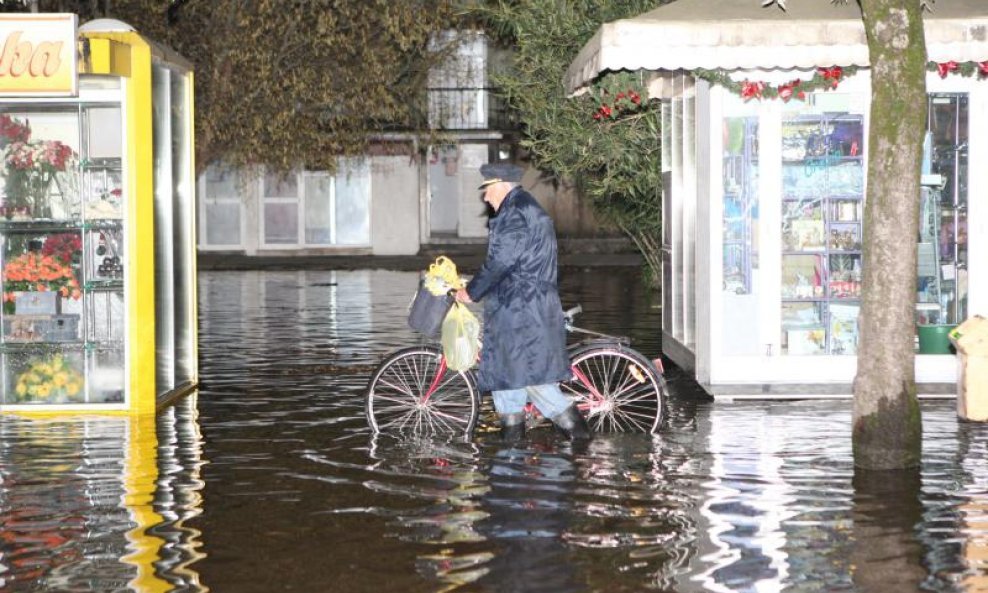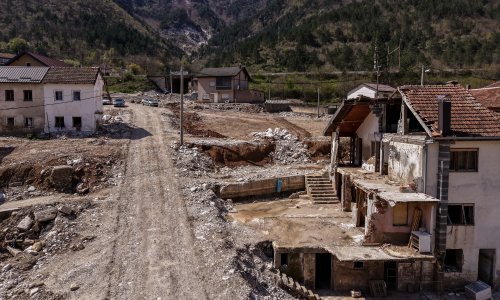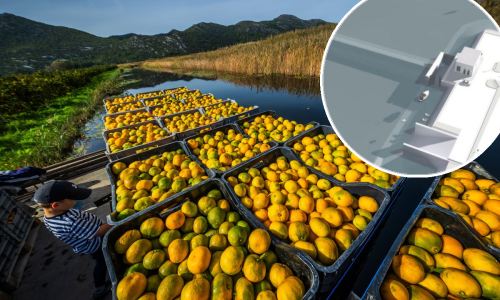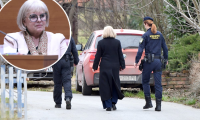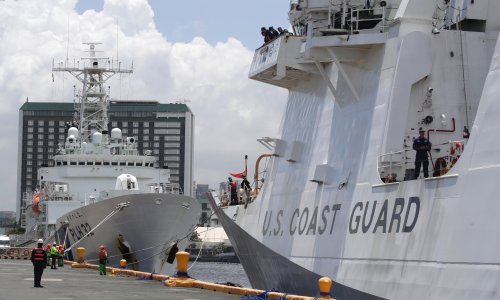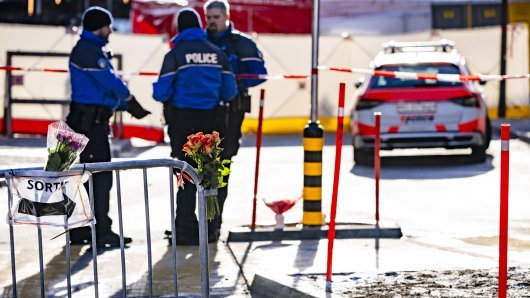The head of the Croatian protection and rescue service DUZS, Damir Trut, on Thursday visited the southern town of Metkovic which has been flooded by the Neretva River. Local officials informed him that rescue teams in Dubrovnik-Neretva County and Metkovic were prepared to help the local population.
Around 200 people from county fire-fighting units and another 40 people from the DUZS and the national mountain rescue service were on the ground, fighting off the flood.
Around 5 am on Thursday, the water level in the Neretva at Metkovic reached 405 centimetres, the highest level in the last 50 years.
Rescue teams have built dikes in Komin, Opuzen, Metkovic and Krvavac, using some 10,000 bags filled with sand. Around 25,000 sand bags have been distributed to local residents.
In neighbouring Bosnia and Herzegovina, floods on Thursday continued threatening a number of settlements. In some parts of the country, the local population had to be evacuated.
The situation was the worst in settlements in the Drina River valley, in the northern region of Semberija, in the eastern Herzegovina region, and in the lower part of the Neretva River valley.
In the southern municipality of Capljina, 180 families had to be evacuated.
In the eastern town of Gorazde, the Drina River early this morning reached the level of five metres, flooding the town centre. Dozens of houses in the town were flooded on Wednesday and 150 people were evacuated.
The emergency headquarters of Bosnia's Croat-Muslim entity said that power supply and telephone lines had been cut off in some parts of Gorazde.
Members of the army were on the ground helping the civilian population.
Staff at the hydroelectric power plant on the Drina River at Visegrad said that due to the inflow of new water and pressure on the dam, they would have to release some of the water from the reservoir, which could additionally jeopardise settlements downstream from Visegrad.
In the northern Semberija region, the situation was the most difficult in Bijeljina and Janje.



